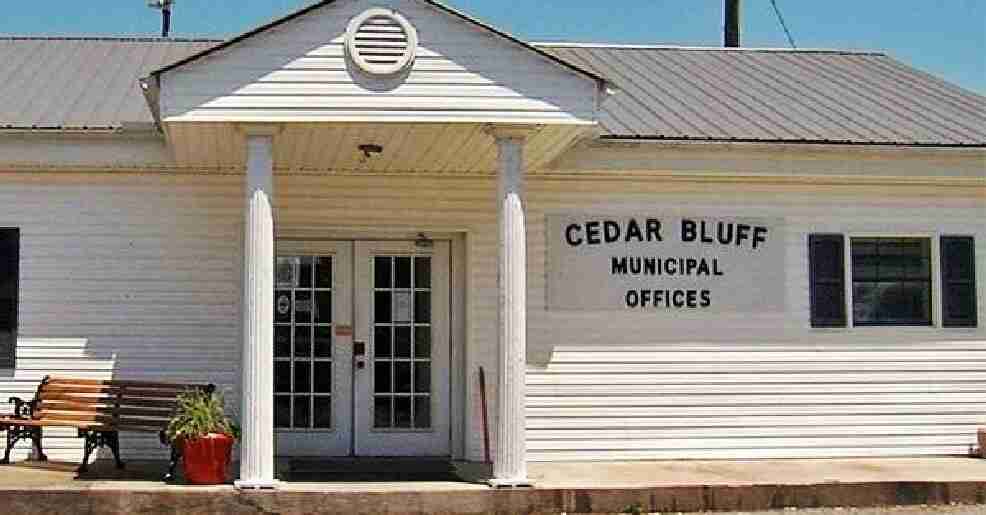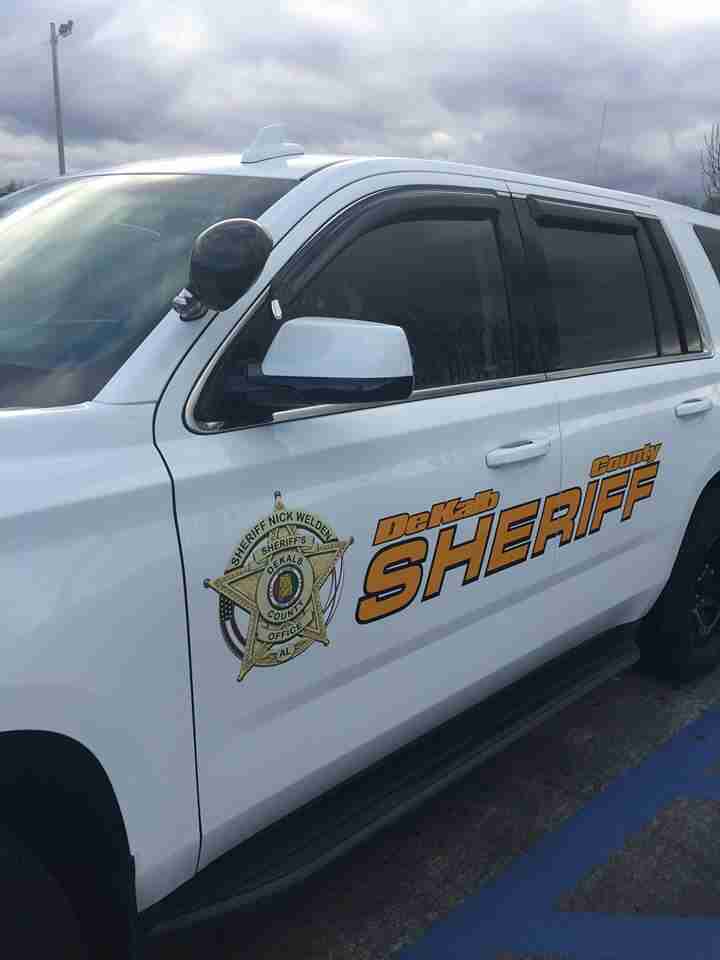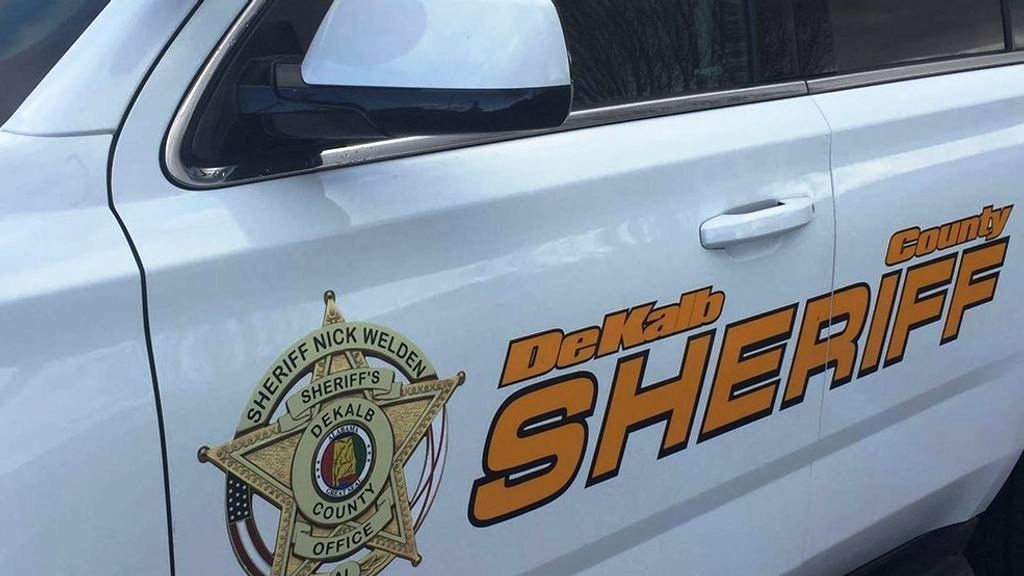 Official White House Photo by Tia DufourBY: LIBBY CATHEY, ABC NEWS
Official White House Photo by Tia DufourBY: LIBBY CATHEY, ABC NEWS
(WASHINGTON) — Throughout the weekend, President Donald Trump and his aides made a concerted effort to show he was continuing to work for the American people — despite fighting COVID-19.
To suggest Trump was rapidly recovering, the White House released three photos it said showed Trump “signing documents” in the presidential suite at Walter Reed National Military Medical Center.
But the photos have been the subject of intense scrutiny about whether they were staged, with some suggesting they amounted to propaganda.
In the first photo released Saturday, Trump is dressed in a blue suit jacket and white button down shirt, seated at a round table and signing a piece of paper.
In the second, Trump is seen in a different location, dressed in a white button down shirt — with no jacket — seated at the end of a long table in a conference-style room and looking through a stack of brown folders.
The folders appear to be the same as the ones seen in the first photo.
Journalist Jon Ostrower, editor-in-chief of The Air Current, first suggested the photos were staged, noting on Twitter that exchangeable image file format or EXIF data embedded in the files, taken by the White House but distributed through The Associated Press, showed they were taken just 10 minutes apart.
Others on social media suggested that once zoomed in on, the first photo appears to show Trump using a Sharpie to sign his name on a blank sheet of paper. ABC News zoomed in on the photo and confirmed it appeared to be a blank white sheet of paper.
Early Sunday morning, the word “staged” was trending on Twitter.
The White House did not respond to an ABC News request for comment but Newsweek cited a senior administration official as saying, “The documents were not blank. In the photograph, the documents were overexposed because the photographer was exposing for the President’s face, rather than the paper.” The official did not comment on the timing of the photos, Newsweek reported.
The president’s family was quick to spin the weekend’s confusing narrative, using the photos as proof that Trump was hard at work with daughter and senior adviser Ivanka Trump calling her father “RELENTLESS” and son Eric Trump calling him a “true warrior,” tweeting, “If only all elected officials had this work ethic.”
“What we saw over the weekend is part of a pattern of behavior by this administration where they have distorted the information provided to the American people about a crisis or a threat, so that it fits the political narrative of this president,” said ABC News Contributor John Cohen, a former acting undersecretary for intelligence at the Department of Homeland Security. He called the White House releasing photos while the state of Trump’s health was unclear “akin to propaganda.”
“This isn’t about creating your own narrative,” he said.
There was also concern about Trump not wearing any sort of face mask in either photo.
Trump continued his maskless messages when he began releasing videos on Twitter. It’s unclear who was in the room with Trump to help him make the videos or what distance they were shot from.
He delivered a four-minute address posted to Twitter Saturday evening, amid continued confusion over his health, in which he spoke about his eagerness to get back to the campaign trail and said that “I think I’ll be back soon.”
Some on social media speculated a cough was edited out in the video — as the clip seems to jump at the 1:04 mark — though there is no clear evidence to support that theory.
“The fact that you have people on social media questioning the fact’s around the president’s diagnosis and the actions being taken by this White House shows that this White House has squandered its credibility over the last three and a half years with a large subset of the American public,” Cohen said. “The public should have confidence in the words of the government and right now, that’s just not the case.”
Cohen also said the confusion on social media has also opened the door for disinformation campaigns and conspiracy theories by fringe elements and hostile nations who seek to sow discord and chaos amongst the American public.
“We’re already under attack by Russia and others who are using disinformation to sow discord and incite violence, they certainly are going to use this,” Cohen said.
“This isn’t a campaign event. This isn’t an opportunity for him to go out and talk to people. The best thing he can do for the country is to get better,” Cohen added.
Then, in the most controversial move — in direct defiance to Center for Disease Control and Prevention guidance that transporting a patient “outside of their room should be limited to medically essential purposes” — Trump announced on Twitter Sunday evening he was taking a non-essential trip to thank the “patriots” waiting outside Walter Reed.
Several doctors with backgrounds in epidemiology said Trump’s car ride likely put U.S. Secret Service officers in the seat in front of him at greater risk of contracting the virus.
An attending physician at Walter Reed called it “political theater” and “insanity” on Twitter Sunday and told ABC’s “Good Morning America” that Trump would leave his hospital room.
“As a physician, we look at the decisions we make as risks versus benefits. I don’t know what the benefits of this political stunt were, but I do know what the risks were. And my concern is that perhaps the Secret Service agents that were inside don’t know the risks they were up against there and what the real threats were,” said James Phillips, who is also the chief of disaster medicine at the George Washington University Department of Emergency Medicine.
Because Trump’s vehicle is hermetically sealed against chemical attack, the risk of COVID-19 transmission inside is as high as it gets outside of medical procedures, according to Phillips.
Cohen said security should be the number one concern when releasing information, but the American people experts more transparency in its government.
“What’s separated the United States, especially in modern times, from authoritarian countries, is that the American people expect and demand to be provided accurate information from its leaders,” Cohen said. “What’s concerning is what we’re seeing now: The willingness to present a false narrative to the American people, not only about the pandemic and its implications, but also on the health of the president.”
Darrell Blocker, a former senior CIA operative agreed with Cohen that the American people are accustomed to being informed on the health of its leader in a crisis, and said comparisons can be made between the current confusion over Trump’s health and how countries under authoritarian rule including North Korea, Venezuela, Cuba and Russia have historically misled the public when leaders have fallen ill.
“It is certainly something that not our experiences as an American democracy,” Blocker said. “Now we have a doctor, who is clearly not very good at the podium, and is not doing either the administration or the public any justice by continuing to obfuscate and confuse what should just be strictly a medical issue.”
“There are parallels to other authoritarian leaders who have wanted to calm or fool their people into thinking that everything’s okay,” he added, raising the mystery behind Kim Jong Un’s health at the start of the year. “But if it’s a true medical issue, time will tell.”
Copyright © 2020, ABC Audio. All rights reserved.




